The Discomfort of Witnessing A Microaggression and What to Do About It
I wasn't sure I was going to write a blog post on this topic. For one, I don't want to disclose names of participants though it would be very easy to connect the dots and discover whom was involved in this episode within my life. I ask you kind reader, don't. Instead, read the whole article and reserve your judgements to the comment section.

Most people don't intend to be racist.
To be honest, I doubt anyone except a bonnified KKK member would actively call themselves racist. What we see in society as prejudice is often the fruit of unconscious bias or learned behaviour playing out in realtime.
You simply don't realize you've put your foot in it.
I had a presenter this week introduce a video as "500 years of Women in Art." He said this in a room full of diverse faces and proceeded to play this video.
Please note, the title of the video. However, the presenter had failed to include 'Western Art' or 'European Art' within the context of his introduction.
To those of us BIPOC women in the audience, I can only speak of my experience.
Initially, within the context of what came before his presentation I thought—wow, this is cool. We're seeing different shapes and expressions of faces. But within thirty seconds I was wondering where the brown and asian faces were. Where were the black faces? Why were all these faces narrow, long, with thin noses. Great, another reminder of society's aesthetic for feminine beauty. I'm not represented here and I come from a broad history of people represented in art that is rarely shown in art classes. Why'd he say "500 years of women" this doesn't include me? What about the women in the audience who have been vilified, laughed at, reminded at every turn that big noses, wide faces, and kinky hair is unacceptable in art?
All of a sudden, my thoughts had jumped to analyze the character of the presenter. He is well liked. He is an older gentleman from a different generation. I get that he's talking about art, but does he realize he's looking at it through only one lens? Did he do this intentionally? Was it his intention to ostracize every woman of colour within the audience?
I knew this was my perception and mine alone. I turned around and purposefully looked at the other BIPOC women in the audience. Not only them, non-BIPOC, BIPOC, men and women were a bit stunned. Some were laughing. That's also a natural reaction to discomfort—to laugh. But most of the faces were baffled and confused. Everyone had seen the elephant in the room.
Why is this event a micro-aggression?
Ultimately, when an 'event' happens that hurts the feelings, beliefs, and image of any of the people present—is uncomfortable and causes further thought spirals and distress after the event has passed—leading to that person to bottle it up. Generally, that is a micro-aggression.
It's not direct enough to be worthy of confrontation and yet, it leaves scars.
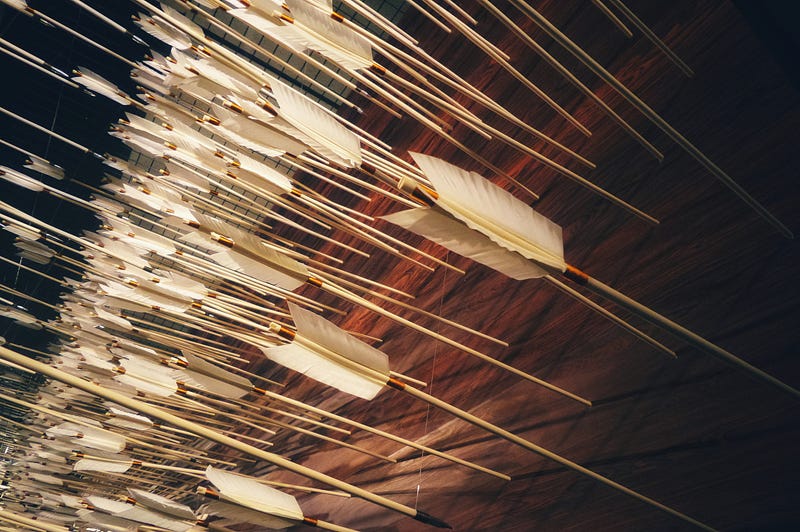
Would someone seeing something and say something?

No one would rise up and speak up.
Why? There is a power dynamic at play. Here is a teacher, a presenter, who is all-knowing on this subject. Here is someone who has spoken up on the rights of others. There's a fundamental disconnect in thinking around whether or not you can confront your elders, those wiser than you, on their choices.
Like me, most people will think—he is a good person, I like him in general. While I'm upset, that's my upset not his. He clearly loves European art history. I can see he is not a racist. His intention wasn't to upset me. I don't want to get him in trouble. I don't want to rock the apple cart, cause waves, or be seen as difficult.
Others will think: Why is it up to me to say something? This is his problem, not mine. Or this is 'their' problem, not mine. I don't see anyone else complaining. I'll be upset, but this is my upset. I will swallow it like the 1000 other upsets I have witnessed. What's the point of speaking up? Nothing will change.
This is fundamentally WHY "see something, say something" campaigns don't work. People do not report microaggressions.
We're afraid to call out bias.
Giving feedback is hard. Receiving unasked for feedback is also hard. On both levels, it's easier to passively back away and not confront the issue. What's the result of this?
- Everyone in the room whatever their bias are now conditioned to repeat the mistake with the understanding that there is no consequence for the transgression. (this is unfair to society)
- A once beloved teacher is seen with a diminished light (this is unfair to the presenter)
- Those who were too afraid to speak up for fear of being perceived as 'sensitive' will walk away with a scar. (this is unfair to the aggrieved)
What to do?
You all know me by now because you subscribed to my newsletter.
Of course, I spoke up.
First, I waited to see if any of the other members of the audience would say anything. I gauged the reactions and discussions of people leaving for their next event without adding fuel to fire. I observed. I needed to assess whether or not people were aggrieved for my own sake.
It's easy to walk away from a microaggression without saying anything.
My rational? I really liked this presenter. I have in the last few weeks come to respect and value his judgement and his teaching. He has added value to my life.
I took a deep breath and braced myself. The end of the presentation was pretty chaotic. I waited for my chance and I began to speak.
"Excuse me, Sir. I have to give you some feedback on that last video you played. Unfortunately, it does not represent the last 500 years of women in art. For one, I'm not represented in that video. It completely ignores any art from other countries, cultures, and peoples. Had you framed it as the last 500 years of women in Western European Art, I would not be saying this. I understand we were learning about drawing the human face, but I hardly think that this was representative of the possibilities."
He was embarrassed for sure! BUT, he took the issue I raised very seriously. Although I had caught him off guard at the end of the presentation, he did immediately apologize and seek to find ways to rectify the situation. I received an email the next day suggesting he remove it completely from his curriculum. I repeated my stance and assured him what a wonderful educator I felt he was. Why? Because he is. It was a faux pas for sure. But it does need to be fixed. I offered to help him to find other materials that could better drive home the lesson he was teaching. I also suggested that he could use this video as a means to bring up the imbalance within the art world. Now we're talking—let's make the faux pas into a teaching opportunity!
The importance of raising the issue of a microaggression
By raising the issue, I was able to work with the person I valued to find ways to grow and learn from the event. Together, we made the event into an opportunity to deepen not only our relationship, but the way that our unconscious bias affected us. As I said before, it was not his intent to do something that could be perceived as racist and ostracizing. Once the light was shed on the issue, he was intent on doing his utmost to rectify the event. I as the person who felt upset, see his original intent and his revised intent.
But what if he had dug his heels in?
To be honest, initially when I brought up the issue, he had reflected that he was echoing the 'title' of the video. Almost as if he was trying to deflect the issue on the video's creators though he was the one who chose to show the video. I gave him the space—without judgement—to do this. As humans our immediate reaction is to be defensive.
Feedback is hard to receive.
The key is, he received the feedback. Whether it was one hour, one week, one month, or one year later—at some point, that feedback may take root and he would then either seek to rectify the issue or let it go.
My intention was not to drive his nose into the dirt and to vilify him. That is also important to note.
My intention was to shed light on the way the video made me feel as a participant and to let him know that if I felt this way, others within the audience probably felt it too. If that was his intent, fine. But if that was not his intent—then it became his problem to reconcile.
I having voiced my upset, can let it go and move on. I have done my small part to be nice to him while being nice to myself, and my community.
My quote from above repeated

The importance of decolonializing how we see art.
As educators, it's important to point out what historic practices got wrong and confront bias. Here are some links for more reading. This is the result of a Google search. There's tons of resources and more links out there. So easy to just stick to the status quo of 'this is how it's been taught' and assuming what you're teaching is right.
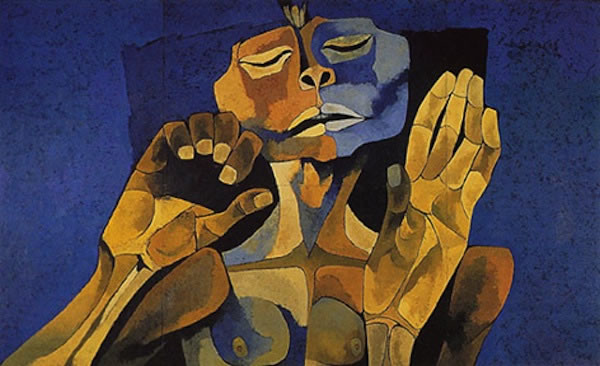
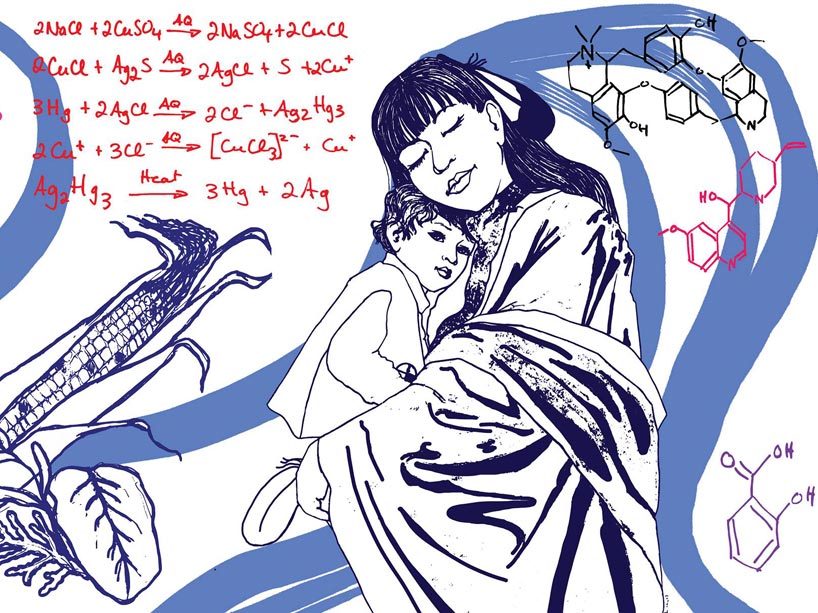
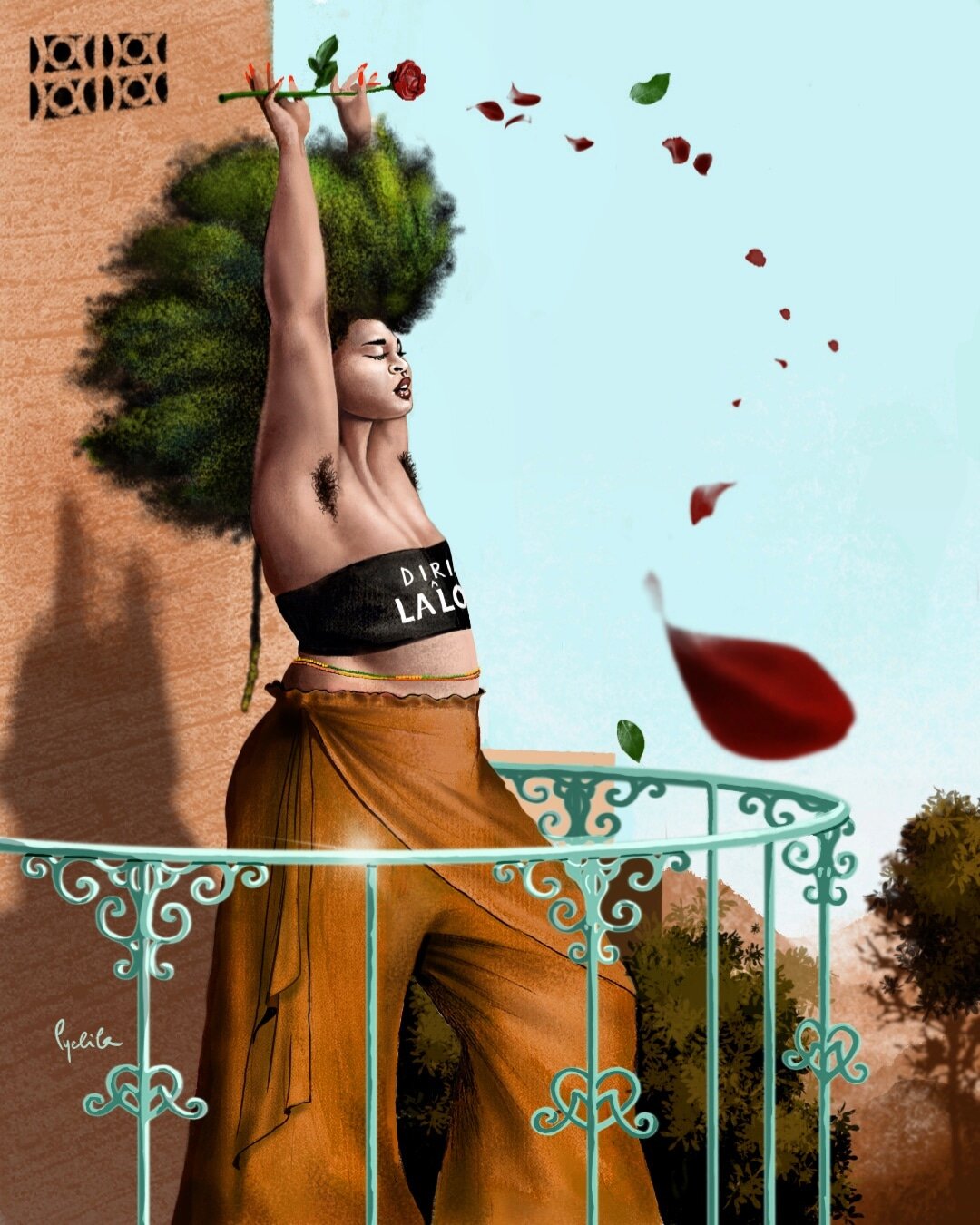
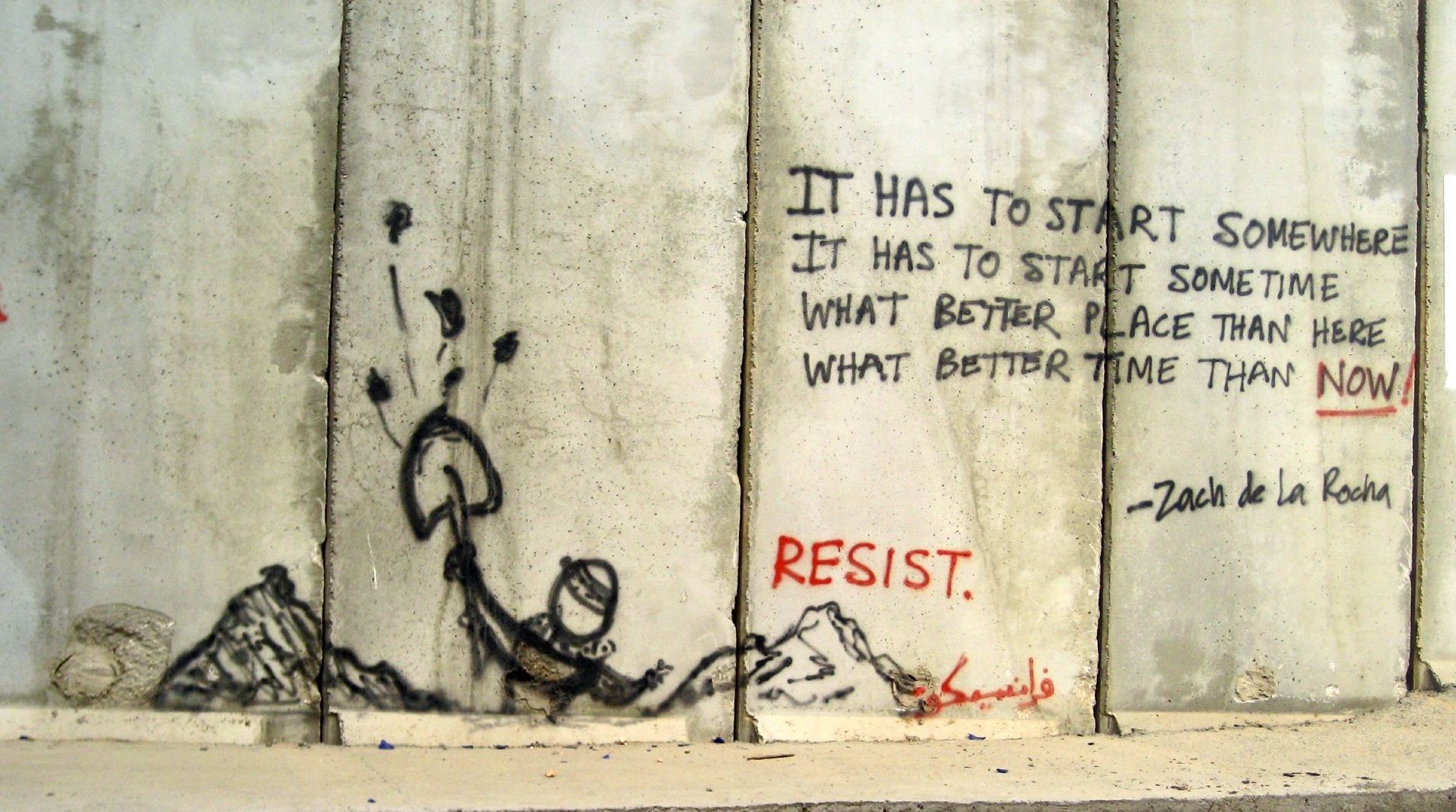
Links to women in art over the last 500 years
Athena Art Foundation has a LOT of shorts covering artwork in the last 500 years that feature black women.









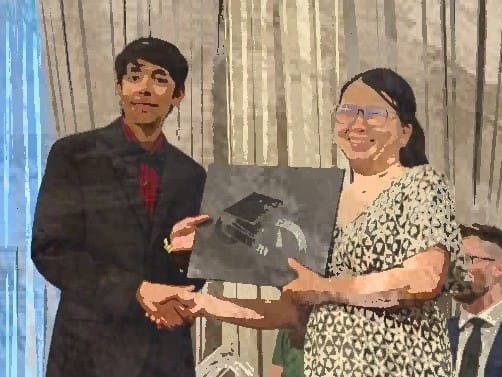

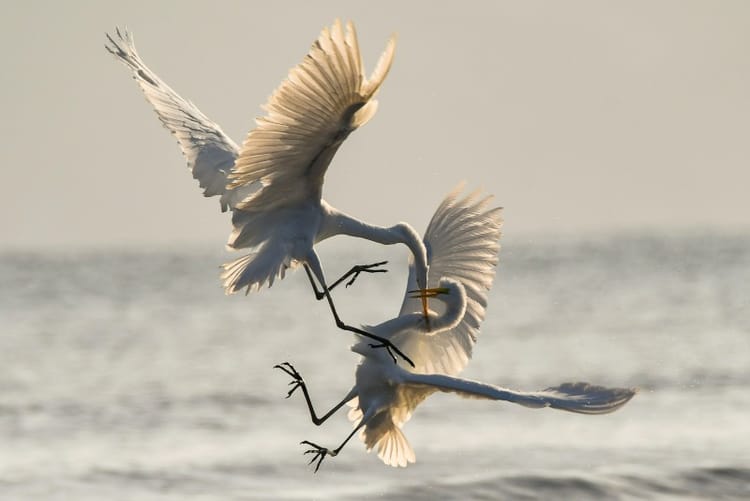
Member discussion